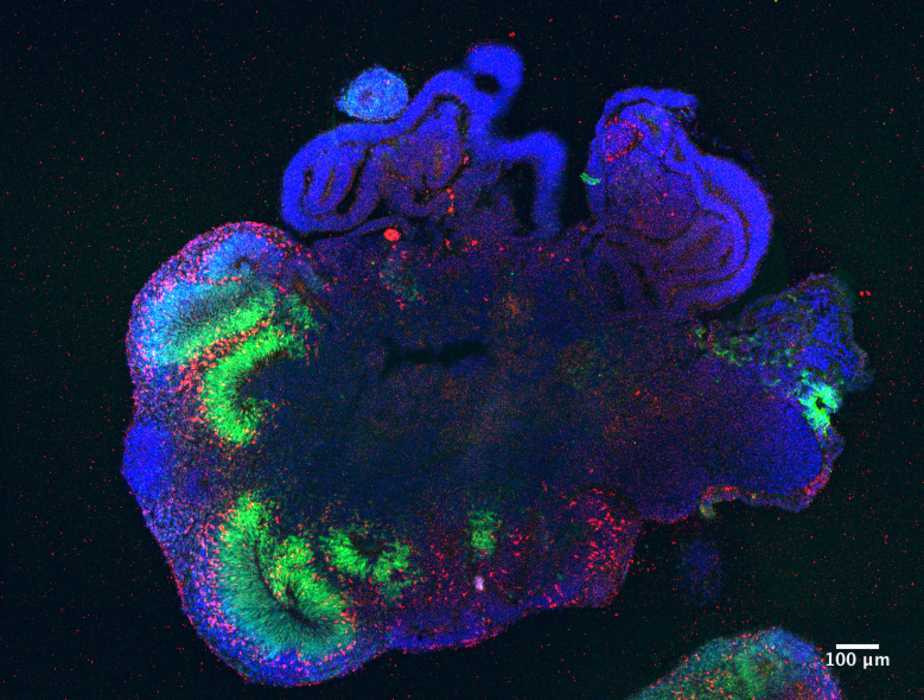By studying brain organoids, researchers have seen how even a single genetic change may have driven our evolution
Researchers have discovered a single genetic alteration that can help explain the cognitive differences between modern humans and our ancient relatives. They used that information to develop Neanderthal-like brain organoids in the laboratory.
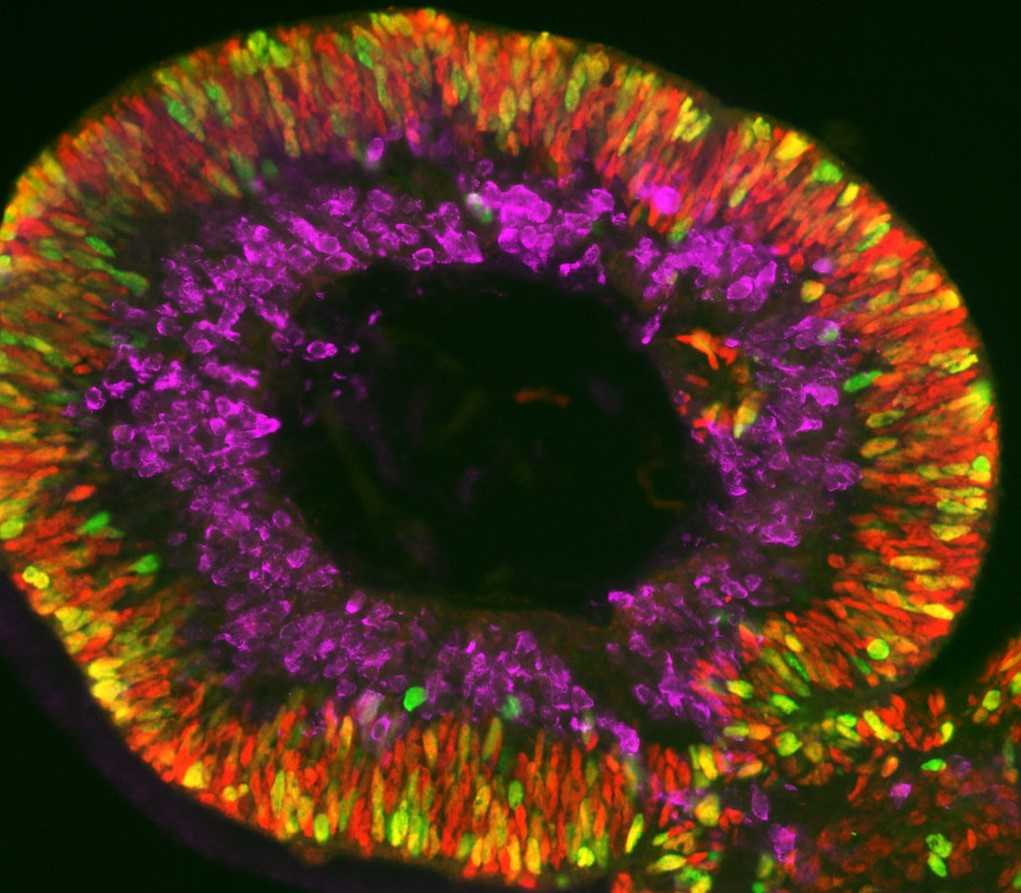
Organoids: what are they?
The organoids Brains are small clusters of brain cells formed from stem cells, but they are not exactly brains (for example, they lack connections with other organ systems, such as blood vessels). Yet organoids are useful models for studying genetics, the development of diseases and responses to infections and ai medications therapeutic. These systems are used as models for the study of genetics, toxicology and some physiological functions. Now a team has reconstructed brain organoids with genetic characteristics from our ancestors Neanderthal.
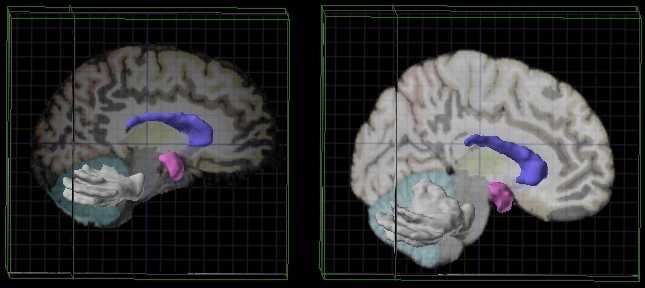
Evolution: a genetic analysis of the brain
In a study published in Science, the team of researchers coordinated by Professor Muotri cataloged the differences between the genomes of different populations modern humans, of Neanderthal and gods Denisovani, which lived from about 2.6 million to 11,700 years ago. Muotri’s team even tweaked the process of building brain organoids to obtain electric waves similar to those produced by the human brain. The team initially found 61 geni that differed between modern humans and our extinct relatives. One of these altered genes – NOVA1 – attracted attention because it is a regulator that influences many other genes during brain development. The researchers used the technique CRISPR-Cas9 to design modern human stem cells with the Neanderthal-like NOVA1 mutation. So they convinced these stamina cells to form brain cells and, ultimately, brain organoids “Neanderthalizzati”.
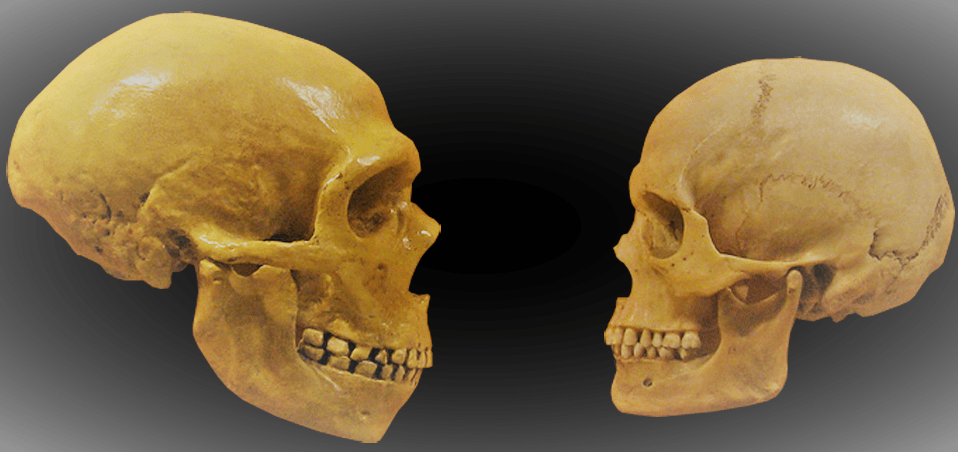
One gene, many changes
Neanderthal brain organoids appeared very different from those of modern humans, even with the naked eye. They had a decidedly different shape. Examining them further, the team found that the various organoids also differ in how their cells proliferate and how their own cells are formed. synapses, the connections between neurons. The proteins involved in brain connections also changed. Furthermore, the brain impulses in these organoids they had different synchronizations than in modern humans. It was surprising to the researchers that a single genetic change led to such differences in evolution of the structure of organoids. This study focused on a single gene that differed between modern humans and our extinct relatives. Later the researchers also want to test the another 60 genes. Either by changing them one by one, or by testing various combinations of them.
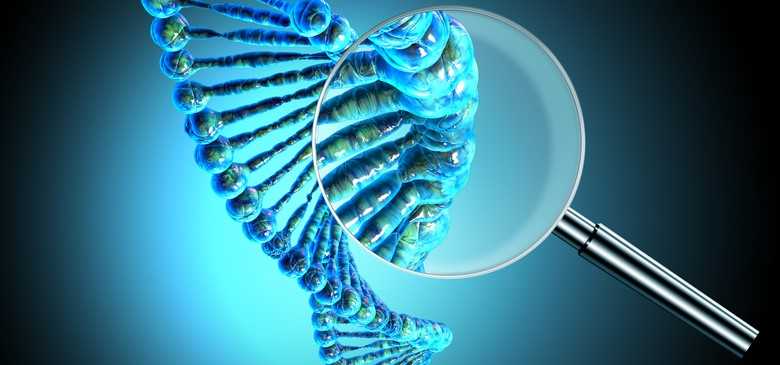
Evolution: small but big changes
According to the researchers, the brain changes seen in Neandethals and Sapiens organoids follow a parallel path that exists in brain development among human beings and other primates. The combination of paleogenomics and organoids is a whole new field in the study ofevolution. The ability to apply the comparative approach of modern humans to other extinct hominids also opens up new and interesting perspectives for understanding the various evolutionary steps. Moutri stated:
It is fascinating to see that a single alteration of the base pair in human DNA can change the way the brain is connected. We don’t know exactly how and when this change occurred in our evolutionary history. But it appears to be significant and could help explain some of our modern skills in social behavior, language, adaptation, creativity, and the use of technology.
Follow us in our section sciences for other news!







